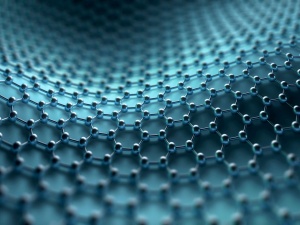Corrosion Resistance and In Vitro Evaluation of the Pulsed Current Electrodeposited Hydroxyapatite Coatings on Nitinol Shape Memory Alloy
Abstract
Calcium phosphate (Ca-P) ceramics are used in orthopedics and dentistry due to their excellent biocompatibility and osseointegration. In this study, calcium phosphate coatings were deposited on Nitinol shape memory alloy by a pulse electrodeposition technique. Prior to the deposition, a thermochemical treatment was used on the alloy to improve corrosion resistance and also to reduce the Ni ions release from the alloy. The morphology, structure, and composition of the coatings were investigated by X-ray diffraction analysis (XRD), scanning electron microscopy (SEM), and Fourier transform infrared spectroscopy (FTIR). The result of Ni release test showed that hydroxyapatite (HA) coating has the lowest amount of the released Ni in Ringer's solution. The results of cell culture test revealed that the cells propagation and growth condition on HA-coated sample is better than bare and Ca-P-coated substrates. The corrosion behavior was examined in simulated body fluid (SBF) using Tafel polarization and electrochemical impedance spectroscopy (EIS) tests, which showed that HA-coated sample exhibited larger corrosion resistance in simulated body fluid. Results indicate that the stability of hydroxyapatite phase and the special morphology of HA coating are responsible for the better biological behavior of this coating.
Full article:
Source: Preview Image: alexmit/123RF



